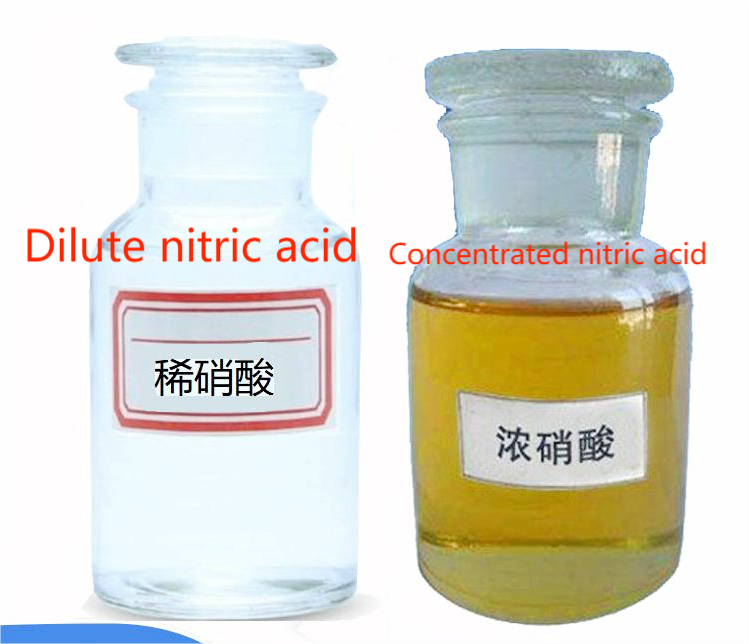Can Nitric Acid Dissolve Metals
Nitric acid is known for its strong oxidizing properties, and it can indeed dissolve many metals through various reactions. The ability of nitric acid to dissolve metals depends on factors such as the concentration of the acid, the specific metal involved, and the presence of certain impurities.
In general, nitric acid can dissolve metals through redox reactions, where the acid itself is reduced, and the metal is oxidized. The reaction often involves the formation of metal nitrates. For example:
Metal+4HNO3→Metal Nitrate+2H2O+NO2↑
It's important to note that not all metals react with nitric acid, and the reactivity varies. Some metals, such as gold and platinum, are known to resist the corrosive action of nitric acid due to the formation of protective oxide layers on their surfaces. These metals may require more concentrated or specialized nitric acid mixtures to dissolve.
Additionally, the presence of certain impurities or alloying elements in a metal can influence its susceptibility to dissolution in nitric acid. In practical applications, the concentration of the nitric acid, the temperature, and the reaction time are often controlled to optimize the dissolution process for specific purposes, such as metal etching or metal recovery.
It's crucial to handle nitric acid with care due to its corrosive and oxidizing nature. Always follow proper safety precautions and procedures when working with nitric acid or any other hazardous chemicals.
